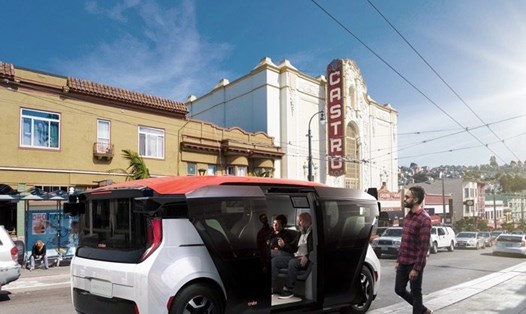Self-driving vehicle technology brings many promises about traffic safety, reducing congestion and optimizing energy. However, the use of self-driving cars also poses a series of challenges and requires users to be clear to ensure safety and efficiency.
1. Understand the self-driving level of the vehicle
According to the Automobile Engineering Association (SAE International), autonomous vehicles are divided into 6 levels from 0 to 5. Currently, most self-driving cars on the market only stop at level 2 or 3, meaning that cars can support driving but still require drivers to supervise and be ready to intervene. Understanding the self-driving level will help users have reasonable expectations and know when intervention is needed.
2. Do not completely "defease" the vehicle
Useres tend to neglect when their vehicles are self-driving, warns Dr. Laura Chen, a traffic expert at the Massachusetts Institute of Technology (MIT). However, the current technology is not yet perfect. Just a sudden situation such as a pedestrian crossing a road or a blurred sign, the system can handle it incorrectly or without identification.
In reality, many accidents have been recorded because users are too confident in self-driving technology, allowing self-driving vehicles to operate in an environment that is not completely suitable.
3. Always update control software
Self-driving cars operate mainly on control software, sensors and artificial intelligence. Manufacturers continuously update software to improve handling, patching and add new features.
Users need to regularly check and update the software to ensure the vehicle always operates in optimal conditions.
4. Don't be subjective when the weather is bad
today's sensor and radar systems may encounter difficulties in harsh weather conditions such as heavy rain, snowfall or heavy fog.
In these situations, the driver should limit the use of self-driving mode or always keep his hand on the steering wheel to be ready to control.
5. Periodically check the sensor and camera systems
The autonomous system works effectively only when sensors, cameras, radar and lidar are kept clean and unharmed.
Factors such as dust, mud or minor collisions can also affect the vehicle's recognition and judgment ability. Regular inspection and maintenance are necessary.
6. Comply with local laws and signs
Self-driving vehicles still need to comply with traffic regulations like any other vehicle. In addition, not all localities allow autonomous vehicles to operate fully, especially in densely populated areas or areas with narrow roads. Users should carefully research local regulations before activating the self-driving mode.









